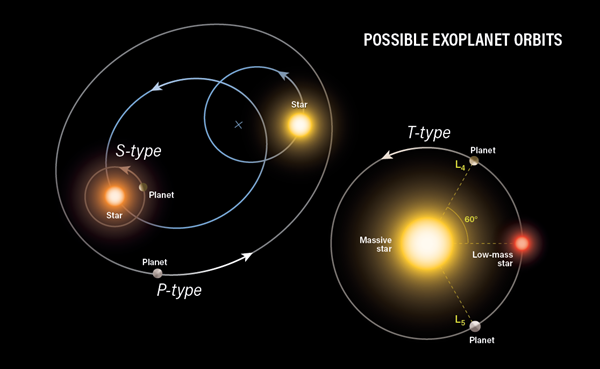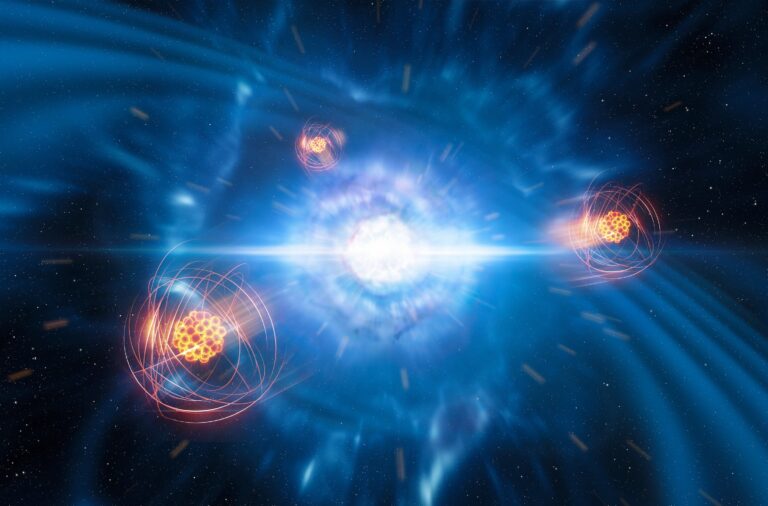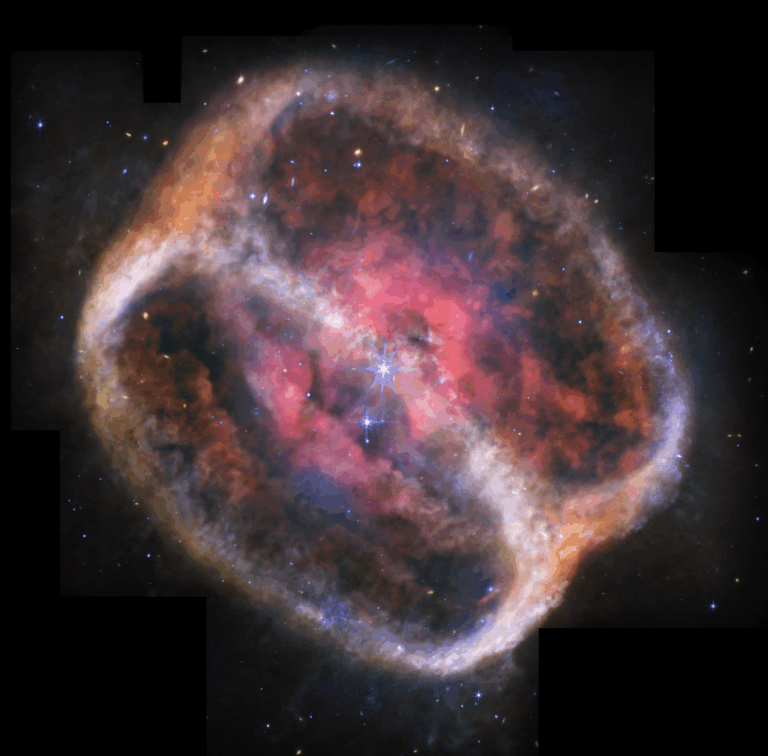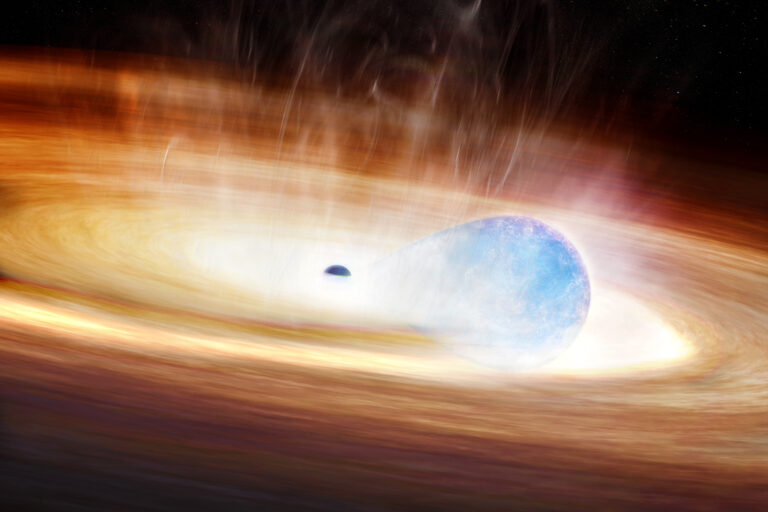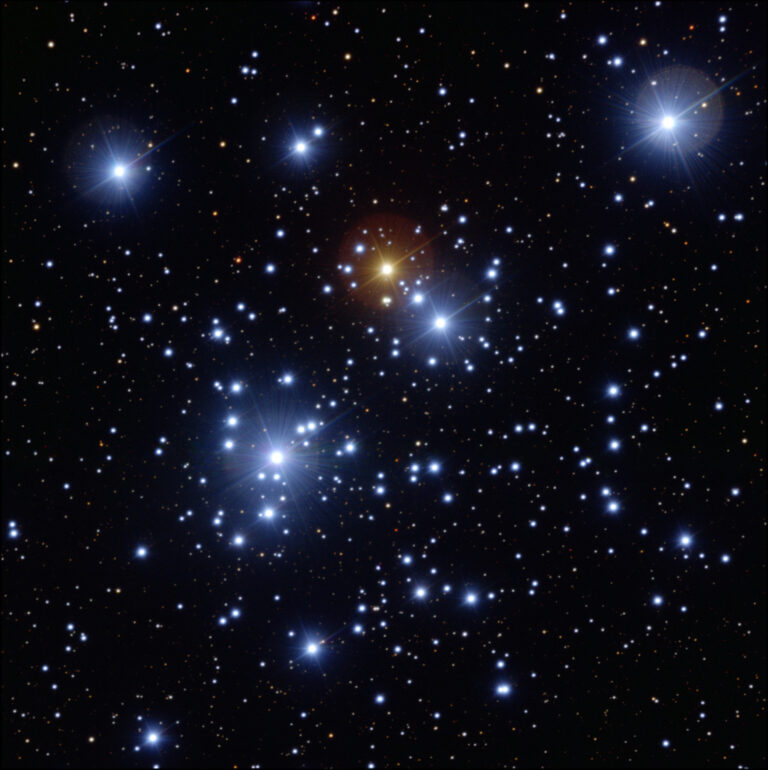Key Takeaways:
- Planets can orbit one star in a binary system (S-type orbit).
- Planets can orbit both stars in a binary system (P-type orbit).
- Planets might share an orbit with a smaller star in a binary system (T-type orbit).
- Over 140 planets have been found orbiting binary stars.
Q: Can solar systems exist in a binary star system? If so, what kind of orbital patterns would the planets and moons have around the two suns?
A: Yes, planetary systems can exist in binary star systems. As of July 2019, astronomers have found 97 planetary systems containing 143 planets around binary stars. These planets may orbit just one of the stars in the binary system, called an S-type (satellite-type) orbit, or they can orbit both stars together from outside the binary, called a circumbinary or P-type (planet-type) orbit. Most of the known planets in binary systems have S-type orbits, in which they orbit close to one star and essentially ignore the companion star, which is farther away.
There is a third option, although no planets with this type of orbit have been found yet: a T-type orbit. In this configuration, one star in the pair is much smaller than the other. The smaller star orbits the larger star and the planet shares the orbit with the smaller star, gravitationally locked into a position either 60° ahead of or 60° behind the smaller star. These positions are called Lagrangian points. Planets in T-type orbits are sometimes called Trojan planets — just like the Trojan asteroids, for example, that share Jupiter’s orbit around the Sun.

